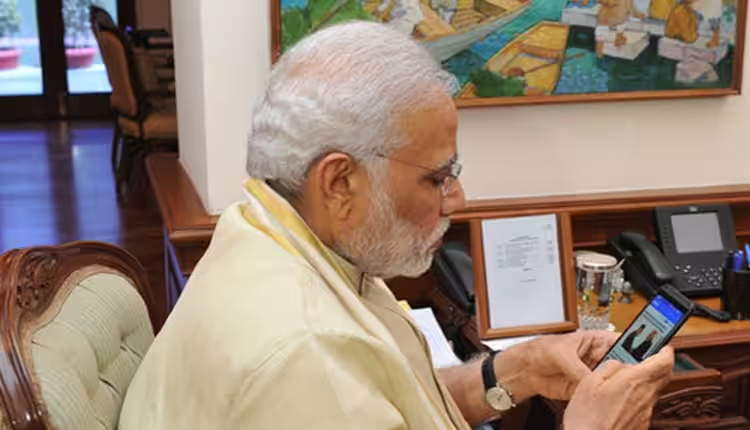New Delhi: On the occasion of Prime Minister Narendra Modi’s 75th birthday, a spotlight has fallen on a crucial aspect of his daily operations: secure communication.
In an era where digital privacy is paramount, PM Modi relies on a specialized device known as the RAX phone, developed by the Centre for Development of Telematics (C-DoT).
What Is The RAX Phone?
The RAX phone is a high-security communication device designed to safeguard sensitive conversations. It operates on military-grade frequency bands and incorporates three layers of encryption, making unauthorised access or tracking virtually impossible. This advanced security ensures that communications remain confidential and protected from cyber threats.
Key Features Of The RAX Phone
Fingerprint Authentication: Ensures that only authorised users can operate the device, adding an extra layer of security.
Live Picture Verification: During calls, the phone displays a live image of the caller, reducing the risk of impersonation.
Handset-Level Encryption: Encrypts communications directly at the device level, making interception or eavesdropping exceedingly difficult.
Government Oversight: The National Technical Research Organisation (NTRO) and the Ministry of Electronics and Information Technology (MeitY) monitor the usage of RAX phones, ensuring compliance with national security protocols.
A Step Towards Enhanced Security
Recognising the importance of secure communication, PM Modi has directed an expansion of the RAX phone network. The initiative aims to increase the number of users to 5,000, encompassing officials up to the director level. This move underscores the government’s commitment to enhancing digital security infrastructure across various levels of administration.
The adoption of the RAX phone reflects a proactive approach to safeguarding sensitive information in an increasingly digital world. By implementing such measures, India sets a precedent for integrating advanced technology with national security protocols.



Comments are closed.